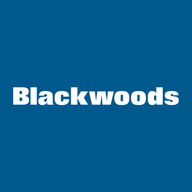
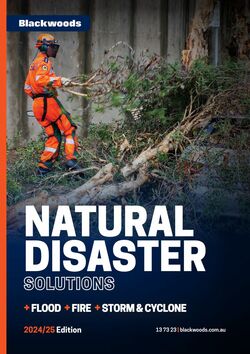
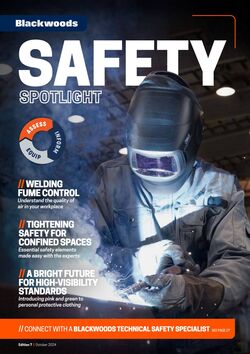
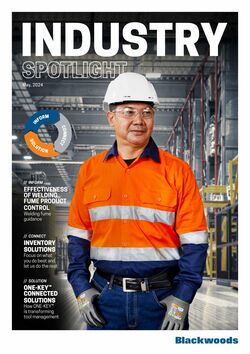
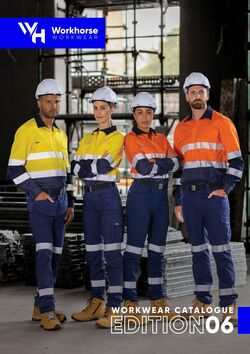
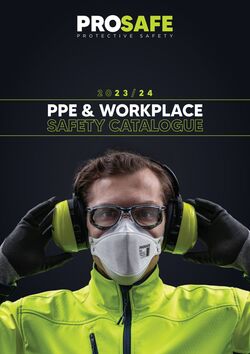
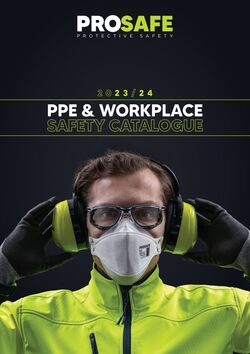
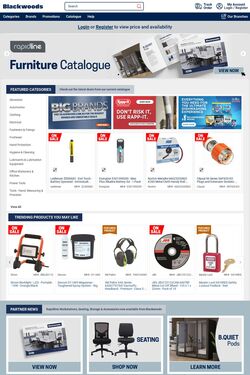
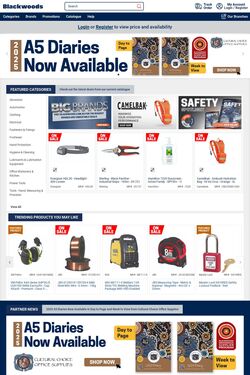
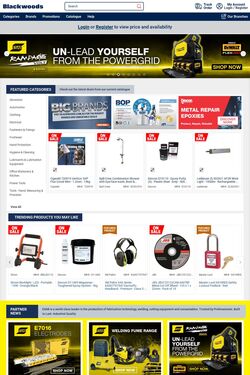
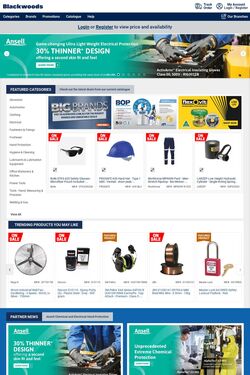
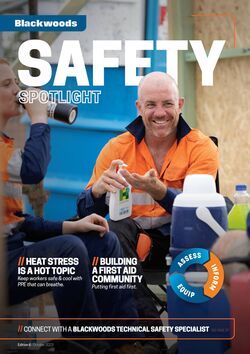
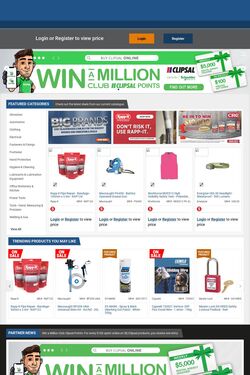
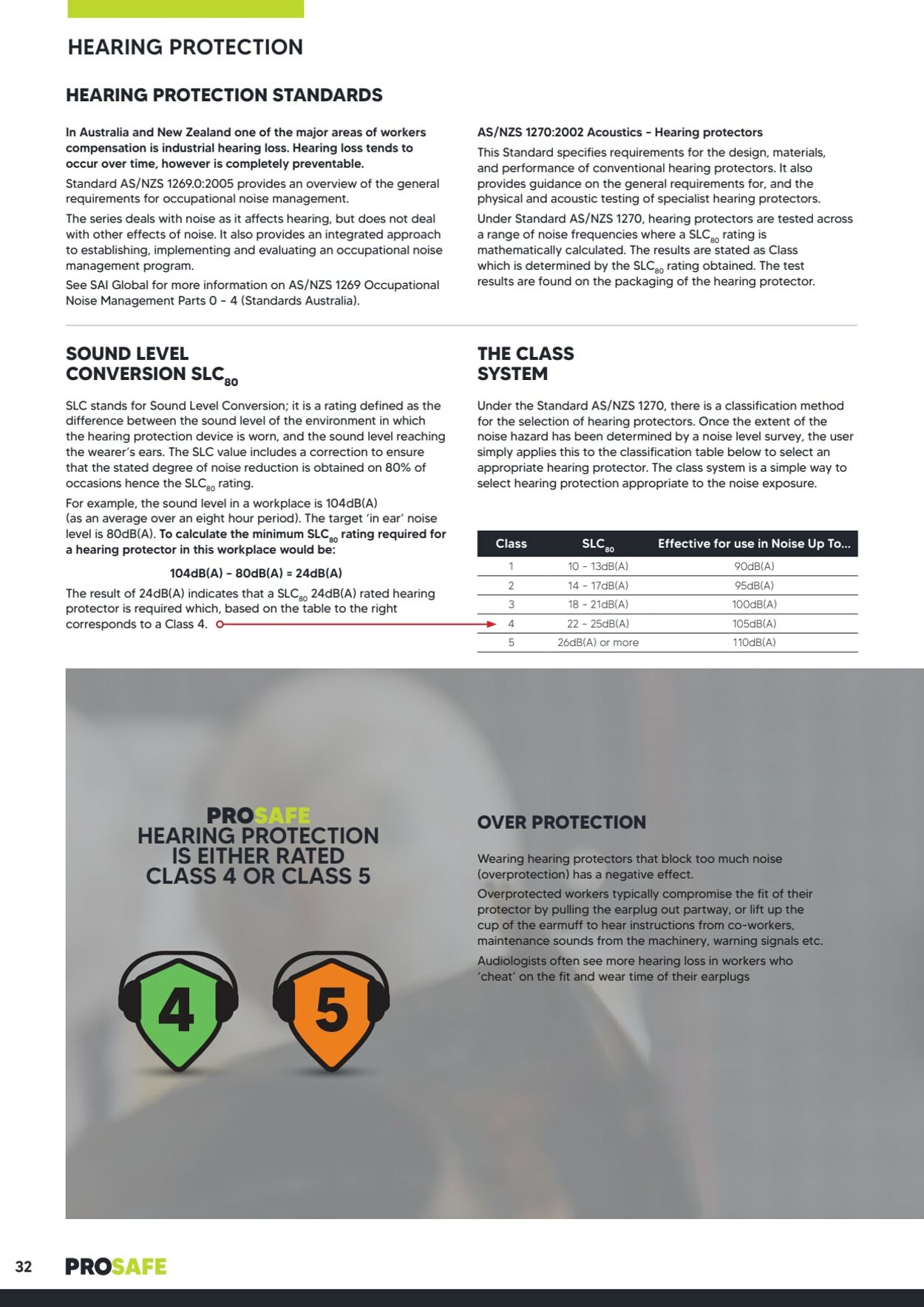
Products in this catalogue
HEARING PROTECTION HEARING PROTECTION STANDARDS In Australia and New Zealand one of the major areas of workers compensation is industrial hearing loss. Hearing loss tends to ‘occur over time, however is completely preventable. Standard AS/NZS 1269.0:2005 provides an overview of the general requirements for occupational noise management. The series deals with noise as it affects hearing, but does not deal with other effects of noise. It also provides an integrated approach to establishing, implementing and evaluating an occupational noise management program. See SAI Global for more information on AS/NZS 1269 Occupational Noise Management Parts 0 - 4 (Standards Australia). SOUND LEVEL CONVERSION SLC,, SLC stands for Sound Level Conversion; it is a rating defined as the difference between the sound level of the environment in which the hearing protection device is worn, and the sound level reaching the wearer's ears. The SLC value includes a correction to ensure that the stated degree of noise reduction is obtained on 80% of occasions hence the SLC,, rating. For example, the sound level in a workplace is 104dB(A) (as an average over an eight hour period). The target ‘in ear’ noise level is 80dB(A). To calculate the minimum SLC,, rating required for a hearing protector in this workplace would be: 104dB(A) - 80dB(A) = 24dB(A) The result of 24dB(A) indicates that a SLC,,, 24dB(A) rated hearing protector is required which, based on the table to the right corresponds to a Class 4... @—AAA_$} > AS/NZS 1270:2002 Acoustics - Hearing protectors This Standard specifies requirements for the design, materials, and performance of conventional hearing protectors. It also provides guidance on the general requirements for, and the physical and acoustic testing of specialist hearing protectors. Under Standard AS/NZS 1270, hearing protectors are tested across a range of noise frequencies where a SLC,, rating is mathematically calculated. The results are stated as Class which is determined by the SLC,, rating obtained. The test results are found on the packaging of the hearing protector. THE CLASS SYSTEM Under the Standard AS/NZS 1270, there is a classification method for the selection of hearing protectors. Once the extent of the noise hazard has been determined by a noise level survey, the user simply applies this to the classification table below to select an appropriate hearing protector. The class system is a simple way to select hearing protection appropriate to the noise exposure. Class SL Effective for use in Noise Up T< 1 10 - 130B(A) 900B(A) 2 14 - 170B(A) 95aB(A) 3 18 - 21dB(A) 1000B(A) 4 22 - 250B(A) 105dB(A) 5 26dB(A) or more 1100B(A) 32, PRO
| Name | Details |
|---|